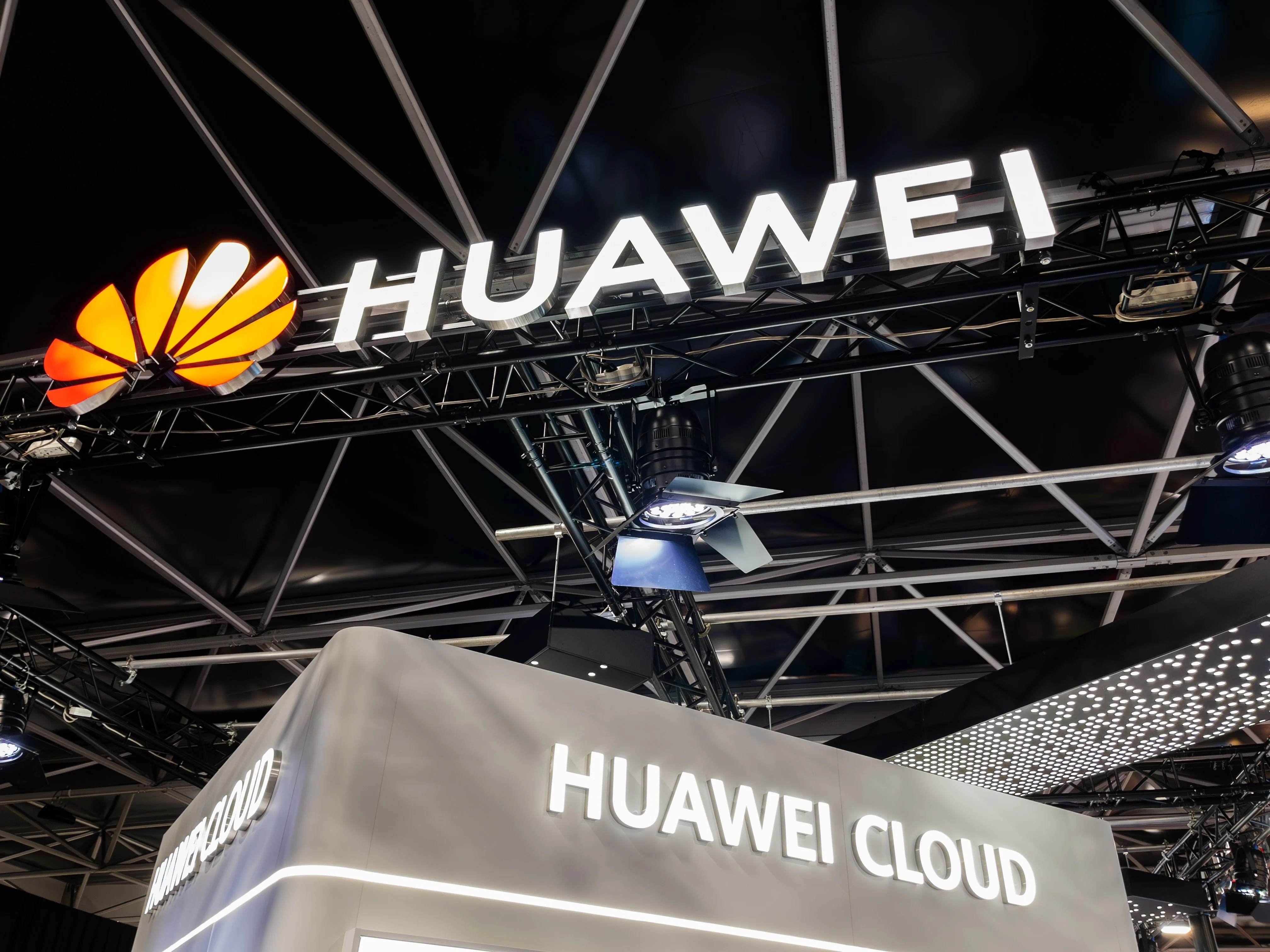Copyright scmp

The widespread availability of on-demand computing resources, such as storage and infrastructure, over the internet – known as cloud computing – has reshaped how businesses operate. It has become the backbone of modern commerce and the foundation for computer technology transformation and gives companies the ability to scale quickly, cut costs and deliver cross-border digital services with unprecedented speed. In the era of artificial intelligence (AI) – computer systems that can copy intelligent human behaviour – cloud infrastructure has become mission critical. Training and the effective use of AI models require huge computing power and a flexible infrastructure, which are both demands the cloud can reliably meet. A report by the American research and consulting firm Gartner has predicted that spending this year on global public cloud services will reach US$723.4 billion – up by 21.5 per cent on last year’s level – with more than 85 per cent of businesses expected to adopt a cloud-first strategy. Providers are racing to meet the growing demand through faster, smarter and more adaptable solutions. ‘Leader’ in global cloud computing services One such provider is Huawei Cloud, the cloud computing business unit of Huawei Technologies, a global company specialising in information and communication technology infrastructure and smart devices. Revenue derived from its cloud computing business last year totalled Chinese yuan 68.8 billion (US$9.7 billion). The company serves customers in more than 170 countries and regions, supported by 34 geographical areas and 101 availability zones – each being a separate location of one or more data centres with independent power, networking and cooling infrastructure – with eight million developers signed up to Huawei Cloud. In China, nine out of 10 top internet companies and more than 95 per cent of the top 30 carmakers use its technology. Its international footprint expanded rapidly last year, with its public cloud revenue outside China rising by 50 per cent. In 2025, Gartner named Huawei Cloud a “leader” in its Magic Quadrant for Container Management – a tool that assesses the four types of cloud computing tech providers, with the three other rankings listed as “visionaries”, “niche players” or “challengers”. Container management – involving large-scale workloads – allows applications to run smoothly and consistently across different systems, which is important for scaling modern digital services. Container management drives business reliability Huawei Cloud’s Cloud Container Engine – its enterprise-grade platform for running and scaling large-scale applications – lies at the core of its approach. Software “containers” bundle all the necessary code and settings so applications can run consistently on any system. For companies, this means services can be launched and scaled quickly, with far greater efficiency and reliability. Turkish fashion brand DeFacto, for example, operates more than 500 stores across 47 countries and during product promotions can face online traffic surges of over 10 times its normal volume. By using Huawei Cloud’s container services, it can scale up 4,000 containers in just 30 seconds, reducing page load times from 1.5 seconds to 260 milliseconds to improve customer experience and higher conversion rates during critical sales periods. At last month’s three-day forum, Huawei Connect 2025, in Shanghai, the company announced a series of major upgrades to make its cloud platform faster, smarter and broader in scope. CloudMatrix supernode cluster boosts capacity The first upgrade makes cloud-based AI applications significantly faster. Central to this solution is CloudMatrix384, Huawei’s AI supernodes – powerful, clustered computing systems that form the basis of next-generation data centres. There are plans to expand the supernode scale from 384 to 8,192 neural processing units – specialised chips optimised for AI workloads – which dramatically increases computing capacity. Huawei has introduced its Elastic Memory Service (EMS) to tackle a common frustration of time delay involving large AI models. EMS extends the system’s memory resources so applications can maintain speed and accuracy, and cuts latency by up to 90 per cent. Platform provides digital colleague ‘agents’ Huawei Cloud’s new Versatile Agent Platform also helps businesses create and manage AI “agents” – digital colleagues that can handle repetitive tasks, monitor operations or support decision-making. The platform provides a secure, end-to-end environment for building, deploying and governing these agents at scale. Wanhua Chemical, a major Chinese chemical producer, operates over 30,000 rotating devices managed by a team of more than 1,000 maintenance staff at its Yantai industrial estate in Shandong province. It has used the Huawei Cloud platform to embed AI into its maintenance systems, which has led Wanhua to improve the accuracy of its equipment fault prediction from 70 per cent to 90 per cent, while anomaly detection has become 10 per cent faster. Wanhua has also built a standard operating procedure document review agent with the platform, which improves efficiency by more than 50 per cent. Smart robot training enhances efficiency Huawei Cloud’s new CloudRobo Platform allows much of a robot’s intelligence to be hosted remotely in the cloud, rather than inside the machine itself, which means robots can be lighter, cheaper and easier to use. A big part of CloudRobo is its digital twin training, which creates virtual replicas of real-world environments, such as digital factories or warehouses, where robots can practise millions of scenarios without the cost and risk of real-world testing. Up to 20 leading robotics partners have also already committed to using the company’s Robot-to-Cloud (R2C) protocol – a common standard that allows different types of robots to connect using cloud systems – to create an ecosystem where different manufacturers’ machines can work together seamlessly. Applications offer real business solutions These business outcomes reflect Huawei Cloud’s focus on “AI for Industries” to better understand customer needs. Huawei Cloud’s Pangu models focus on industry-facing applications to help customers tackle the most challenging issues they face in specific scenarios. They have been applied in more than 500 scenarios across over 30 industries in the past year. Since August, China Southern Airlines, one of the “big three” Chinese carriers headquartered in Guangzhou, in Guangdong province, has adopted Pangu’s multimodal prediction technology to closely examine the relationships between time-series, tables, texts and graphics. This move has allowed the airline to extend the period of its predicted passenger levels from 12 months to 18 months ahead. The accuracy of passenger flow and average fare predictions has also reached 90 per cent as a result, which has significantly enhanced the airline’s operational revenue. As industries race to embrace digital and AI transformation, Huawei Cloud’s latest upgrades show how its evolving cloud infrastructure can help different businesses innovate and move faster, work smarter and scale up far more efficiently.



